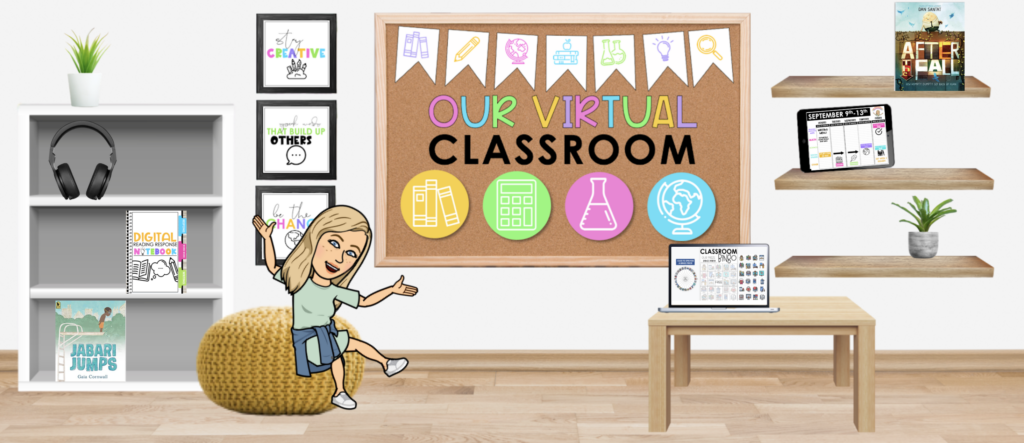Buzz Haven: Your Source for Trending Insights
Stay updated with the latest buzz in news, trends, and lifestyle.
When Your Classroom is a Click Away
Transform your teaching with online tools! Discover tips for engaging virtual classrooms and make learning accessible anytime, anywhere.
Exploring the Benefits of Online Learning: Is Your Classroom Just a Click Away?
Online learning has transformed the educational landscape, allowing students to access a wealth of resources and expertise from the comfort of their homes. One of the most significant benefits of this learning modality is its flexibility. Students can tailor their study schedules to fit their personal and professional commitments, making it easier to balance work, family, and education. Moreover, online platforms often provide a wide array of courses, meaning that whether you're interested in technical skills, arts, or business management, there's likely a program available that suits your needs.
Another key advantage of online learning is the ability to connect with a diverse range of peers and instructors from around the world. This global interaction not only enriches the learning experience but also fosters cultural awareness and networking opportunities. Many online programs utilize interactive tools such as discussion boards and virtual classrooms, enabling students to engage in meaningful conversations and collaborations that would be difficult to achieve in a traditional classroom setting. As educational technology continues to evolve, the classroom experience seems ever more like a simple click away.

Top Tools and Resources for Creating an Engaging Virtual Classroom
Creating an engaging virtual classroom requires the right combination of tools and resources. Here are some top options to consider:
- Learning Management Systems (LMS): Platforms like Moodle and Canvas help instructors organize course materials, track student progress, and facilitate communication.
- Video Conferencing Tools: Tools such as Zoom and Microsoft Teams allow for real-time interaction, enabling instructors to conduct live lectures and discussions.
- Interactive Whiteboards: Solutions like Jamboard and Miro facilitate collaborative learning by allowing students to contribute ideas visually.
- Assessment Tools: Platforms like Kahoot! and Quizizz engage students with interactive quizzes and provide immediate feedback on their understanding.
Additionally, incorporating social media platforms can enhance engagement through informal discussions and community building. For instance, Facebook groups and Slack channels create a space where students can discuss course content and collaborate outside of formal sessions. Ultimately, the key to a successful virtual classroom lies in leveraging these resources to foster a dynamic and interactive learning environment. By combining various tools effectively, educators can create a virtual classroom that mimics the richness of face-to-face interactions while offering the flexibility that online learning provides.
How to Foster Online Collaboration and Community in Your Digital Classroom
Creating a vibrant online learning environment requires intentional efforts to foster collaboration and community. Start by utilizing a variety of digital tools that facilitate communication and interaction. Platforms like discussion boards, video conferencing software, and collaborative document editing tools can encourage students to engage more deeply with the content and each other. Consider implementing regular group projects or peer review sessions to facilitate teamwork, and ensure that all students feel included by establishing clear norms and guidelines for participation.
Additionally, actively engaging with your students can significantly enhance their sense of belonging and commitment to the digital classroom. Schedule regular check-ins through virtual office hours, where students can ask questions and share their thoughts. Encourage the sharing of personal experiences and knowledge related to the course material; this not only enriches the learning experience but also fosters a supportive community. To create a sense of unity, consider incorporating icebreaker activities or team-building exercises at the beginning of the course, helping students to form connections that will support their collaborative efforts throughout the semester.